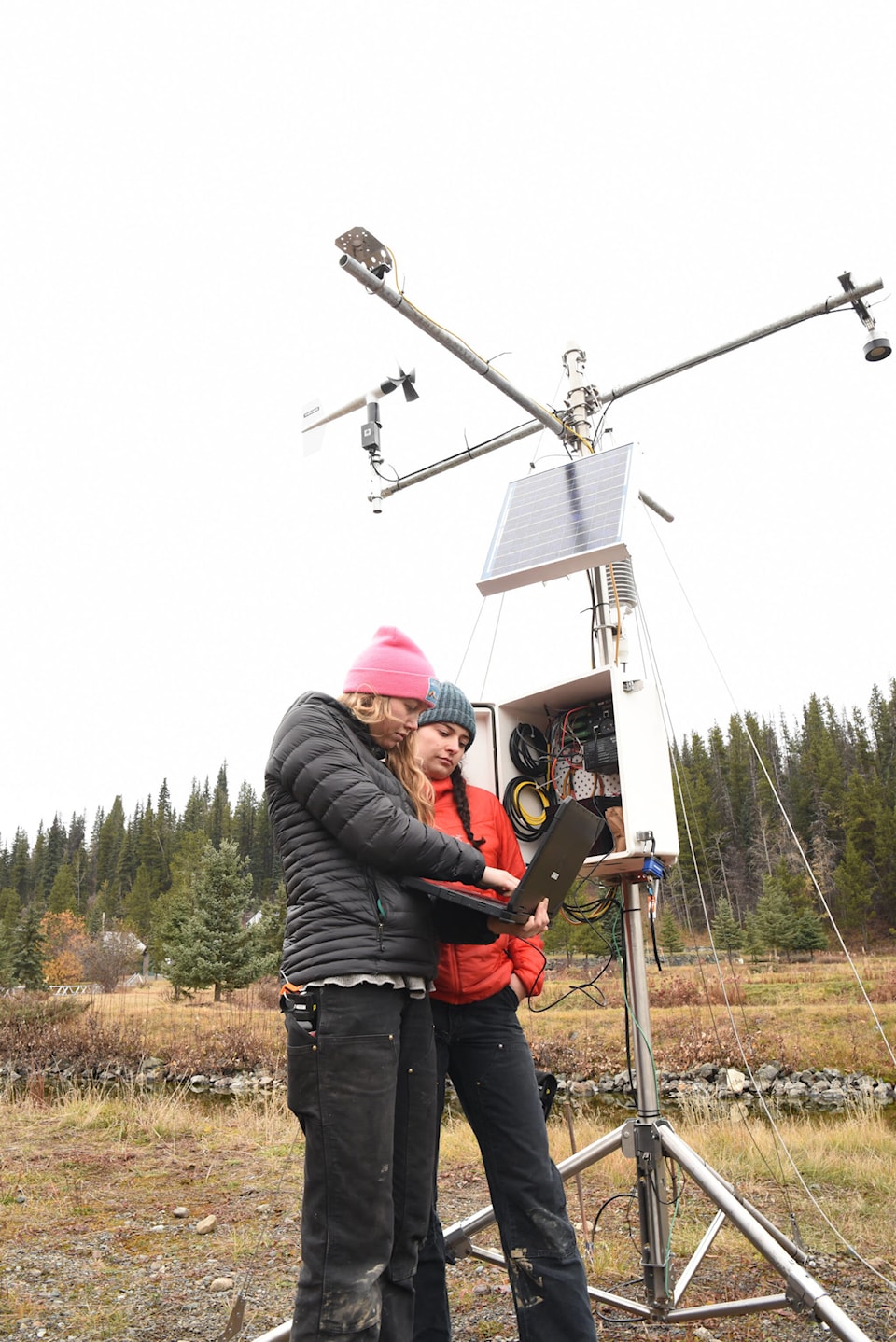UNBC scientists hope to install high-tech weather monitoring equipment at the Huckleberry mine site near the Tahtsa Reach within the Nechako Reservoir south of Houston and at a spot in Terrace.
The effort has already received several grants and is awaiting word on another grant from the provincial government.
“With this new equipment, we will be able to obtain detailed measurements on precipitation and meteorological conditions during atmospheric rivers and other storms,” UNBC environmental science professor Dr. Stephen Déry noted in a release.
“We will be able to profile the atmosphere to characterize the ambient conditions that lead to precipitation formation and how it is distributed at the surface.”
The project will also further work Dery is doing on the impacts of climate change and human activity within the Nechako watershed. This work is being financed by Rio Tino Alcan.
UNBC were already at the Huckleberry location last fall, using borrowed equipment.
The Huckleberry site was chosen because it receives large amounts of precipitation in the form of rain and snow and the Terrace location because it is regarded as one of the most susceptible locations in western Canada for freezing rain, icing and near 0°C conditions.
“These two sites provide counterpoints to track different extremes associated with the same storms,” Déry said. “For instance, we will be able to distinguish if meteorological conditions and precipitation associated with atmospheric rivers have specific characteristics relative to other storms.”
The micro rain radars at both locations will provide images of the vertical profiles of precipitation up to six kilometres above the surface. That will allow researcher to study the cloud structures during storms. Optical disdrometers provide detailed information on the particle, raindrops or snowflakes, size distribution and its vertical velocity or fall speed.
The largest grant to date is worth $97,150 and comes from the Canada Foundation for Innovation’s John R. Evans Leaders Fund. The Real Estate Foundation of British Columbia has also provided money and further financial support is anticipated from the provincial government’s B.C. Knowledge Development Fund.
